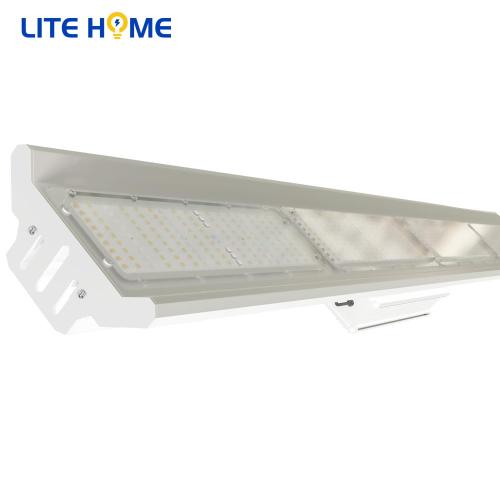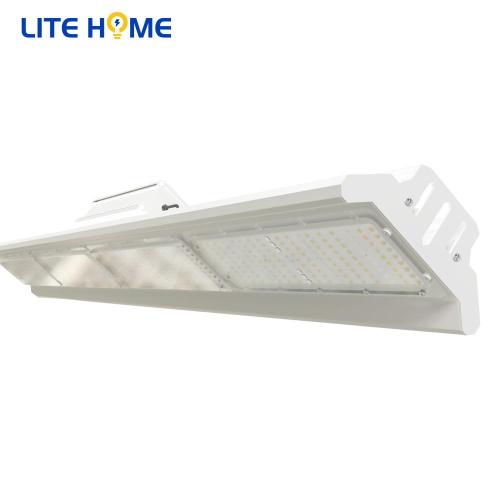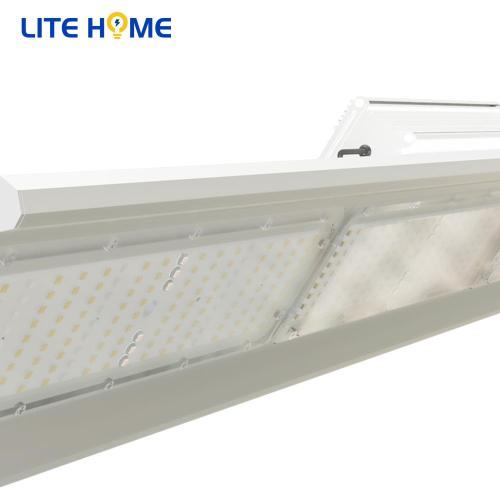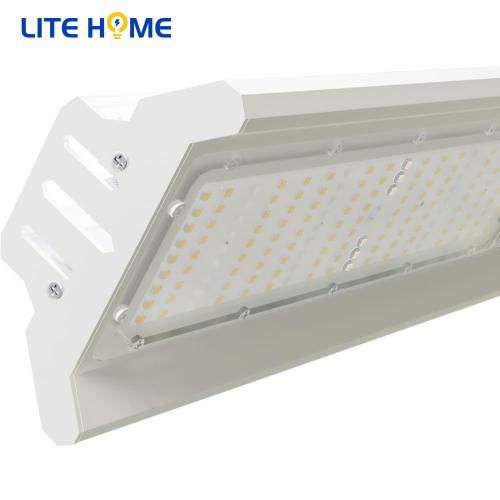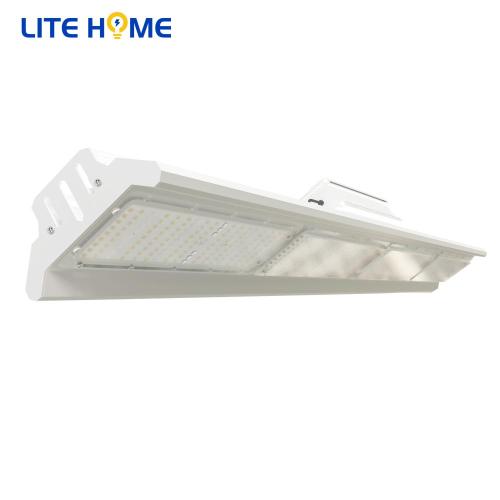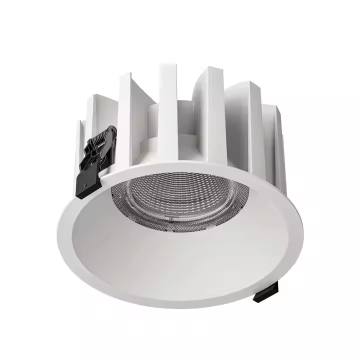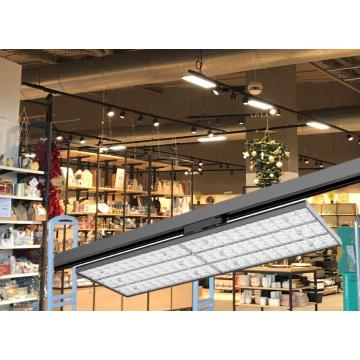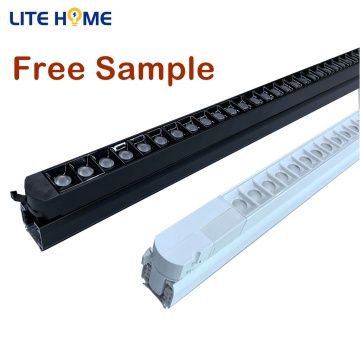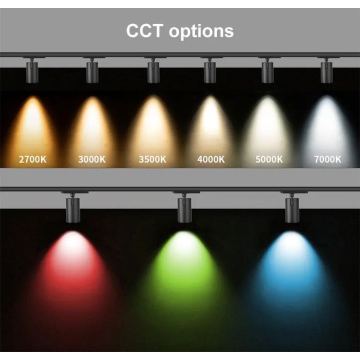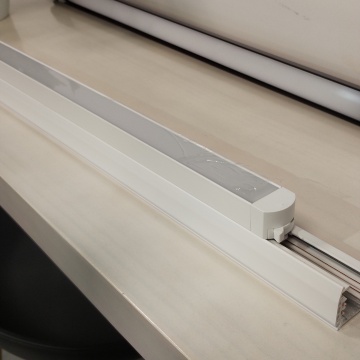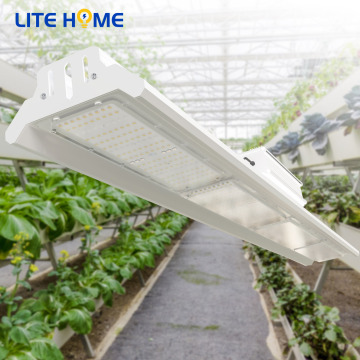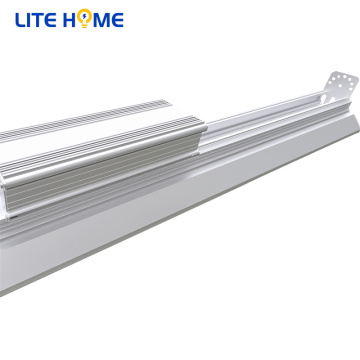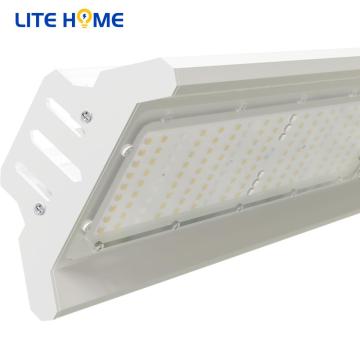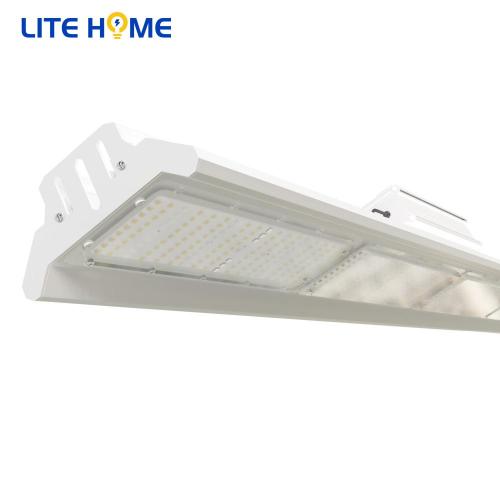
Full Spectrum 200w Led Grow Light
-
$160.001-99 Piece/Pieces
-
$158.00100-999 Piece/Pieces
-
$156.00≥1000 Piece/Pieces
- Transportation:
- Ocean, Air, Express
- Port:
- SHENZHEN, SHENZHEN, SHENZHEN
Your message must be between 20 to 2000 characters
Contact Now| Place of Origin: | CHINA |
|---|---|
| Supply Ability: | 30000/PCS/MONTH |
| Payment Type: | L/C,T/T |
| Incoterm: | EXW,FOB |
| Certificate: | CE & FCC & RoHS |
| Transportation: | Ocean,Air,Express |
| Port: | SHENZHEN,SHENZHEN,SHENZHEN |
How do led grow lights promote plants growth?
Different wavelengths of light have different effects on plant growth. For example, blue light promotes leaf and stem growth, while red light promotes flowering and fruiting. Therefore, plant grow lights are designed to emit specific wavelengths of light to meet the different needs of plants at different stages of growth.
In addition to the growth spectrum, light intensity is also important for plant growth. Plants need a certain amount of light energy to perform photosynthesis effectively. Too little light can result in weak and spindly growth, while too much light can damage the plant.
Plant grow lights come in several types, including fluorescent, LED, and high-intensity discharge (HID). LED grow lights are becoming increasingly popular due to their energy efficiency and the ability to customize the light spectrum for specific plant needs.
When using plant grow lights, it is important to consider the duration and intensity of light exposure. Most plants require approximately 12-16 hours of light per day for optimal growth. It is also important to provide a dark period for plants to rest and perform other metabolic processes.
Overall, with the advancement of technology, indoor plants or plants in areas with limited natural light can thrive with the help of plant grow lights. These lights provide the spectrum and intensity of light necessary for plants to photosynthesize and grow healthily.
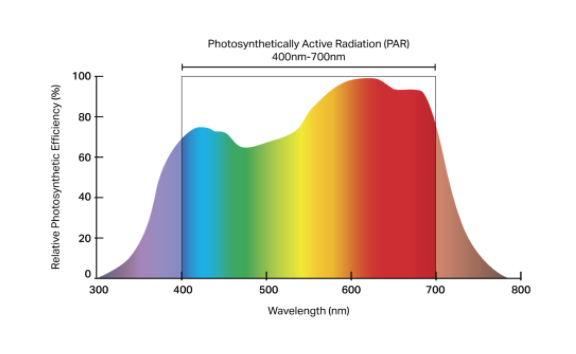
This is a color spectrogram, where scientists use wavelength numbers instead of color names to represent colors, which is a more accurate way to measure color. Different wavelength frequencies represent different colors of light.
This method of measuring plant growth light is called PAR (photosynthetically active radiation). PAR defines the relative number of light plants used for photosynthesis in the 400 nm to 700 nm range.
Generally, the peak of photosynthetic efficiency (light absorption) falls in the red and blue light spectrum in the PAR range. This means that plants absorb the most of these spectra during growth. In other words, chlorophyll, the molecule responsible for converting light energy into chemical energy in plants, absorbs most of the light in the blue and red spectra for photosynthesis.
So by choosing the right amount of red and blue light, chlorophyll pigments can absorb more of the light they need.
For growth, in the early vegetative growth stage, blue light helps plants produce healthy stems and roots. Then it continues to grow as the absorption of red light increases, resulting in longer stems, increased leaves and flowers/ fruits. So red light plays an important role in plant maturity and its size.
Since blue and red light can best promote photosynthesis, should we care about other wavelengths? Absolutely yes, research results show that plants grow best when they receive all the colors of the visible spectrum. That is, broad-spectrum grow light,we usually called full-spectrum grow light, which refers to the complete spectrum provided by sunlight.
The LED plant growth light can be set to produce a specific wavelength during a specific time period during the day or night.
Full-spectrum grow light can not only speed up the growth of plants, but also slow down the growth of plants. If you don't need it to be so lush, you can also adjust the light as you needed.
In conclusion, LED plant growth lights play a very important role in promoting root development, improving nutrition and color.
Litehome led plant growth light light has a spectrum that plants can absorb, which can better promote plant growth. Our 200W and 240W plant lights are full-spectrum grow light, with an installation height of 1.2 meters to 3 meters. IP65 that can be placed in a tank with a depth of 1 meter. The dimming function allows you to adjust the light according to plants needed in different stages.
Why choose Litehome Full Spectrum led grow light?
1.【Optimal Full
Spectrum】The design of the product
is full-spectrum: 3000K 6000K and RED 660nm 730nm. LED plant lights provide
light compensation for plants, according to the law of plant growth and the
principle of photosynthesis. It is suitable for every stage of all indoor
plants, saving energy costs while increasing yield.
2.【Fast Heat
Dissipation】This product is equipped
with a high thermal conductivity aluminum substrate, which has a better heat
dissipation effect and longer product life.
3.【Unique
Advantages】Comparing with other
similar products. Our 200w plant growing light is made of 636 LED beads (3000K
504 pcs & 5000K 108 pcs & RED 655-660nm 24 pcs), which can provide the
strong and uniform intensity of light to plants. This Grow lamp has a larger
lighting area that is suitable for the whole growth circle. Plant light also
has obtained the certification of CE and FCC, so the quality is reliable and
deserves your trust.
4.【Multiple Uses
& 5 years warranty】Our plant lamp
is suitable for indoor plant seedlings, potted plants, leaf cuttings,
greenhouse vegetables, etc, the best gift for your cute plants in winter. We
also promise a 5-year warranty and friendly customer service.
5.【IP65】Our light can be placed in a tank with a depth of 1 meter or
mounted on the ceiling. Don't worry about damaging the plant lights when you
water the plants. Its installation height is 1.2 meters to 3 meters. This
grow light can also be connected in series.
6.【Save electric
bill】The light source of this
plant light is LED, which is more energy-efficient than other plant lights, and
has a better effect on plant growth.
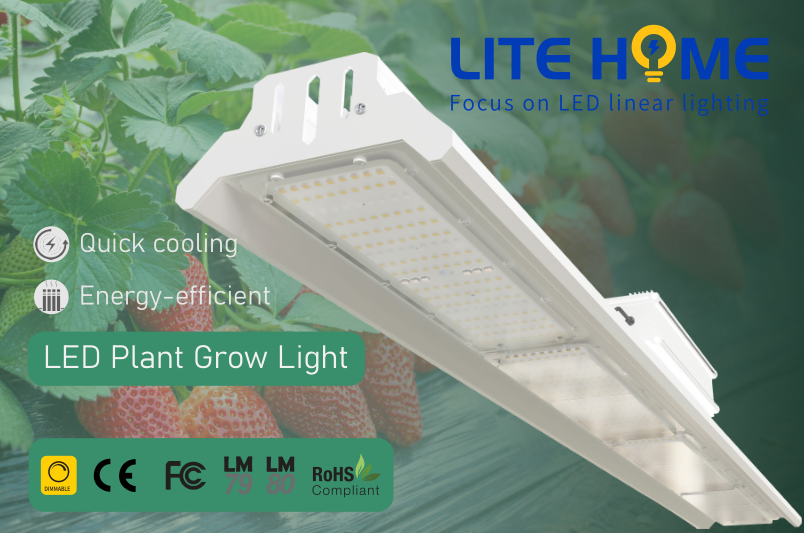
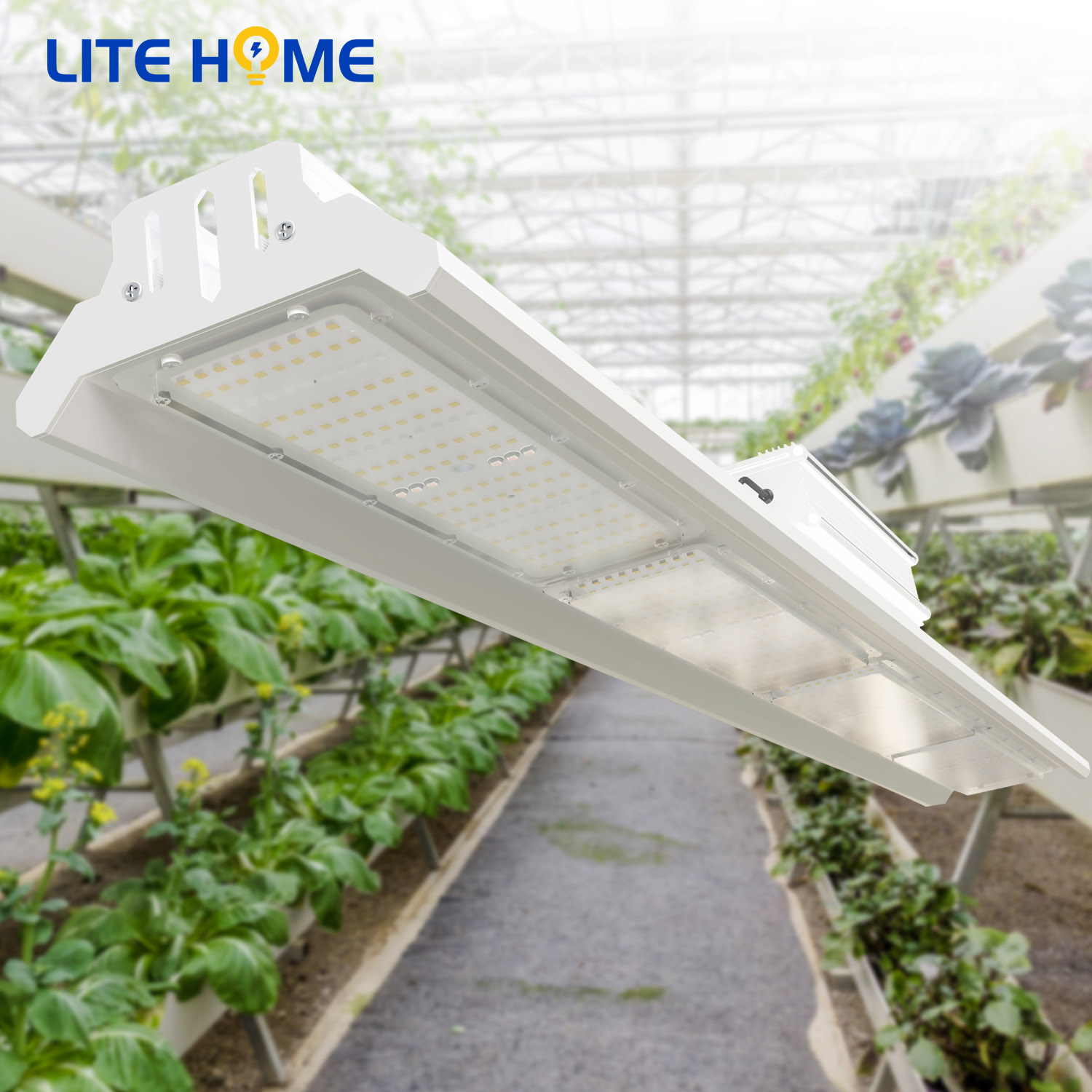
Related Keywords


